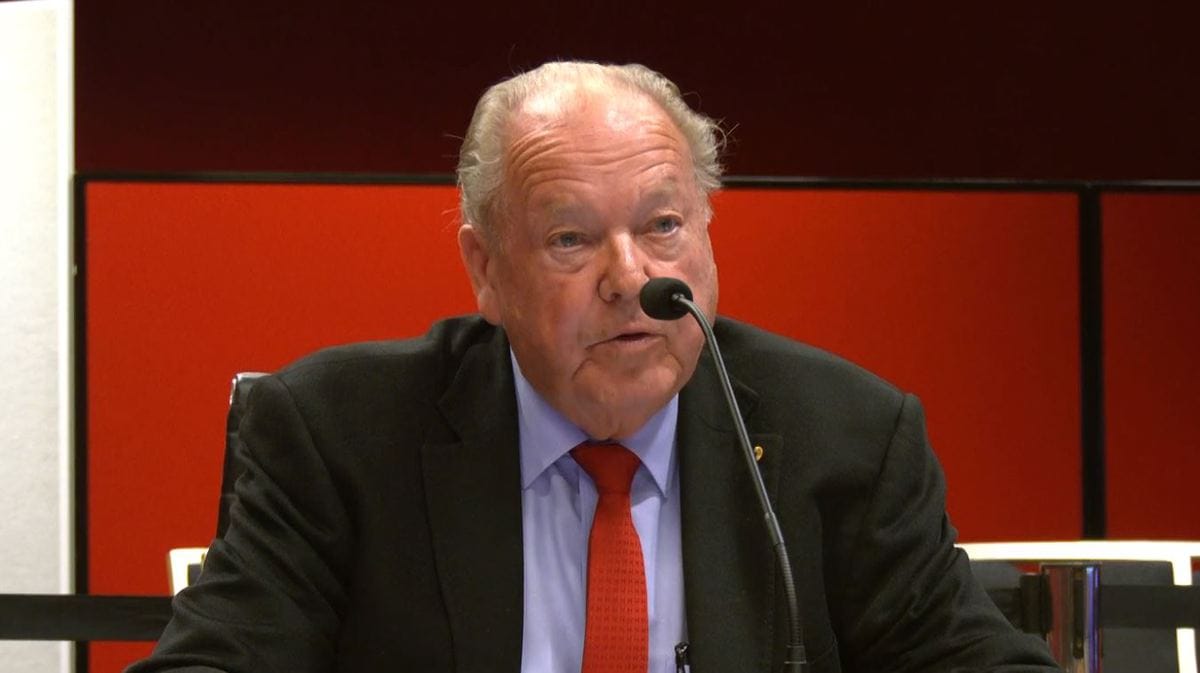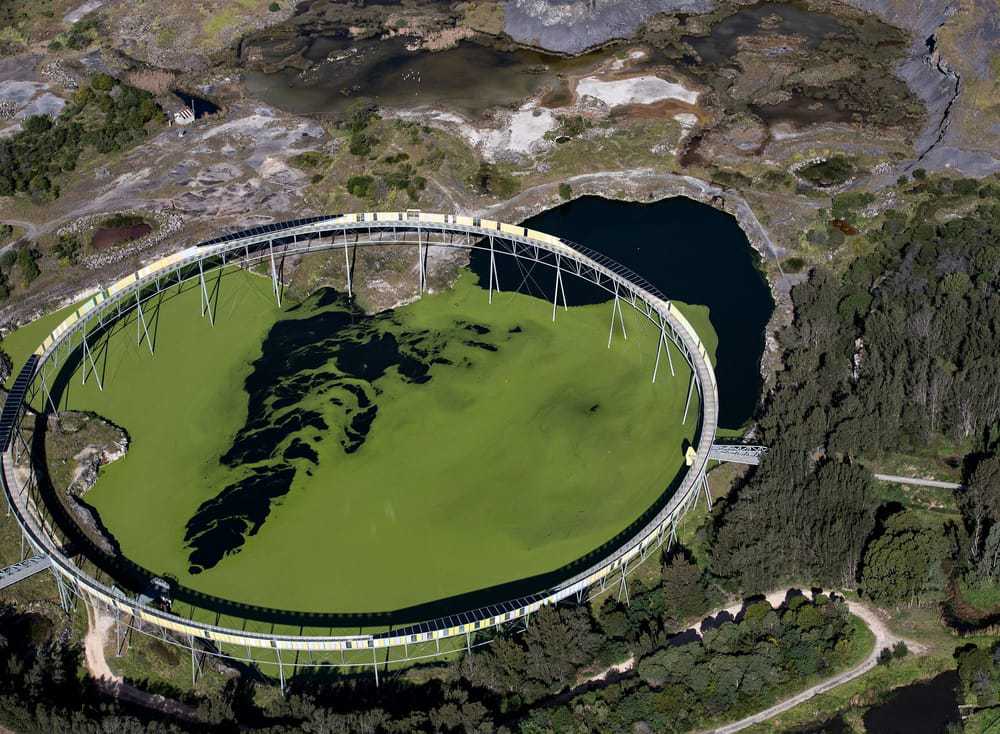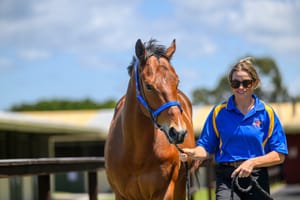The prospect of relocating racing in western Sydney to the brickpit site at Olympic Park is looking increasingly remote after a leading planning expert said the environmental conditions on the site are "inhibitive for any form of development".
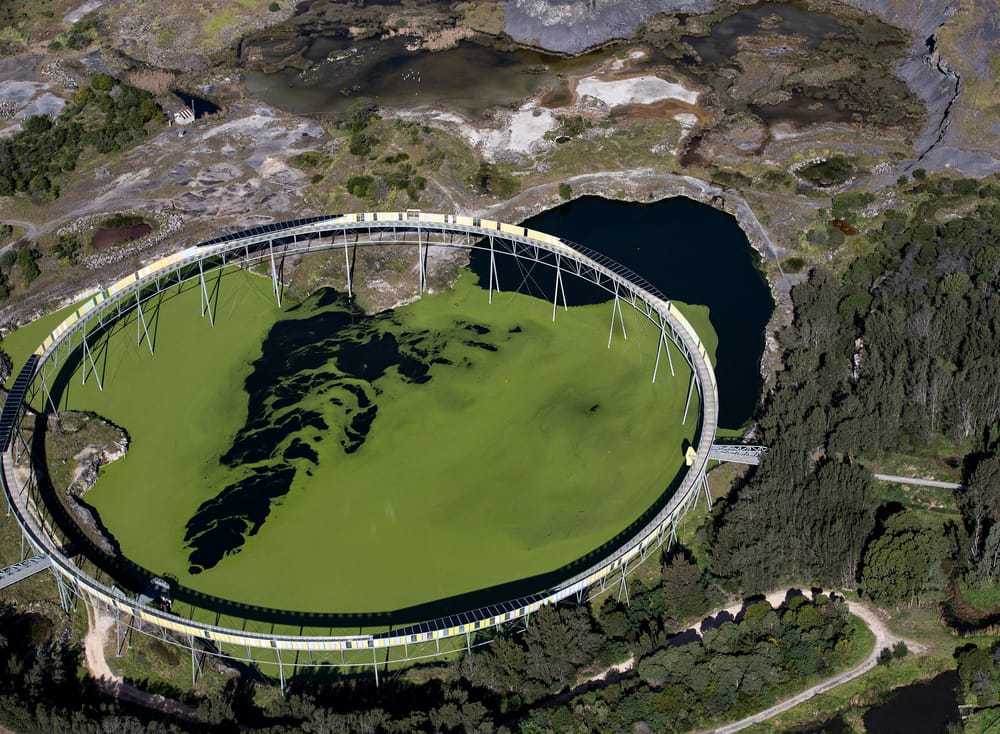
While the green and golden bell frog is classified as an endangered species, its chances of survival would appear much better than a NSW racing industry plan loosely attached to the potential sale of Rosehill racecourse.
Not for the first time, a parliamentary inquiry into the future of the Australian Turf Club-owned Rosehill in Sydney’s western suburbs heard that turning a disused brickpit at Olympic Park into a new racecourse is a remote prospect - at best.
“I do believe that the environmental constraints in relation to the brick pit would be inhibitive for any form of development,” Kiersten Fishburn, a senior NSW government planning bureaucrat, told the select committee.
Fishburn is the secretary for the NSW Department of Planning, Housing and Infrastructure that oversees the Sydney Olympic Park Authority (SOPA), the government agency responsible for the precinct at Homebush, which includes 27 hectares of brick pit land.
She said her department had not been approached by Racing NSW, the ATC or the government to consider the feasibility of the site for racing or housing.
“The last time I spoke to my staff at SOPA about it, they also had no discussions,” she said.
“I understand you had the CEO of SOPA (Carla Armaret) in. You would be aware from that information, it is a very environmentally constrained site.
“And we've always been very clear in every respect in relation to SOPA of those challenges.”
The brick pit is a habitat for more than 120 native birds, microbats, reptiles and frog species.
But it is the green and golden bell frog that causes most concern for conservationists after its diminishing numbers thwarted plans to build a tennis stadium on the site for the 2000 Olympic Games.
The frogs were found living in the wetlands of the former industrial brickpit, which closed in 1988 after a century of operation.
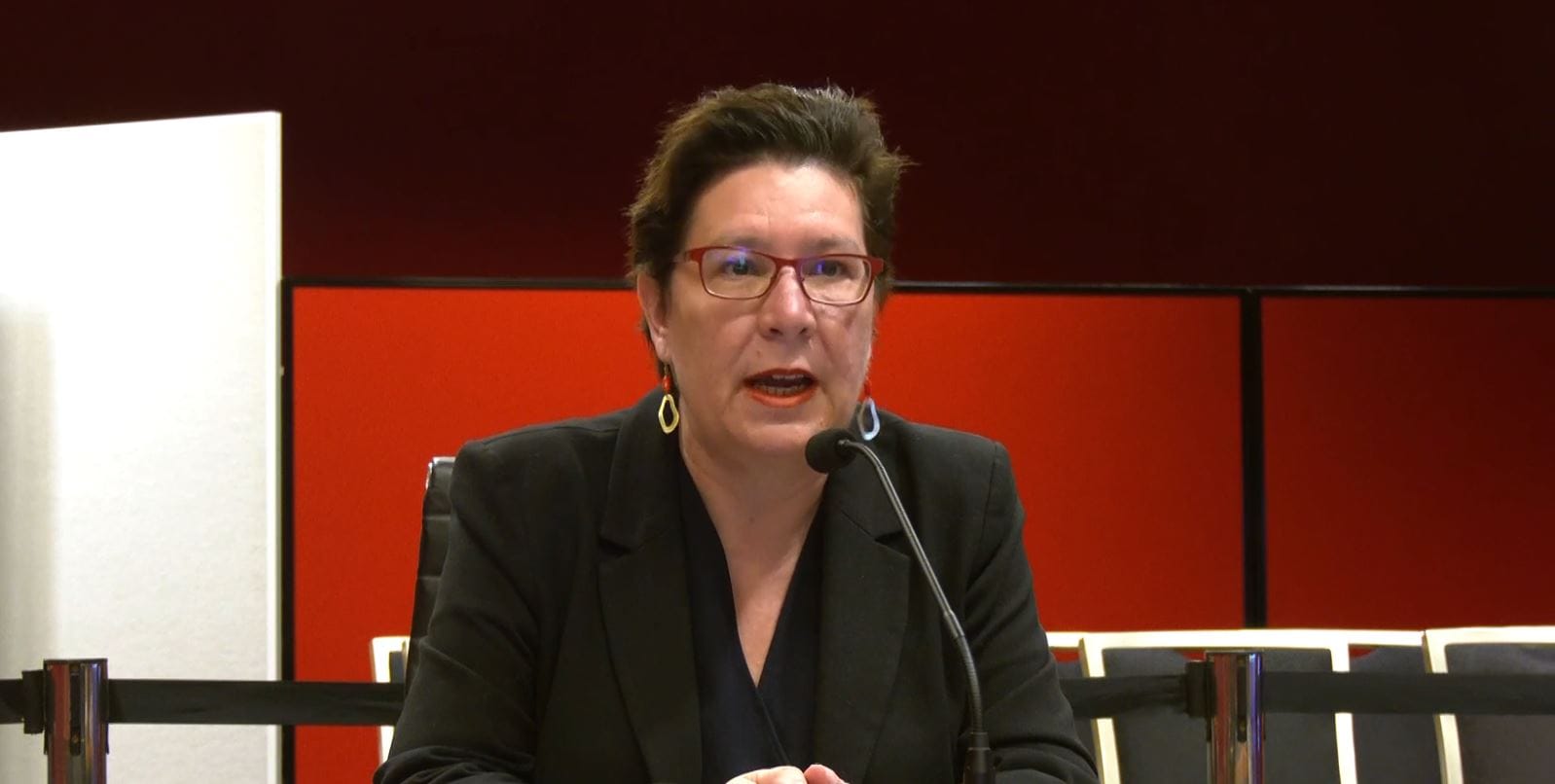
Experts say they usually inhabit disturbed and unstable sites and are difficult to relocate.
During his appearance on the second day of public hearings, ATC chairman Peter McGauran told the inquiry the frog’s endangered status had been changed.
Armaret refuted McGauran’s claim, saying the frog remained a threatened species under Commonwealth and State legislation.
Racing NSW chief operating officer Graeme Hinton confirmed during his appearance at the inquiry that the regulator had spent $25,000 preparing due diligence on the brickpit land as a potential racing venue.
The governing body insists Rosehill won’t be sold unless another racecourse can be built as its replacement.
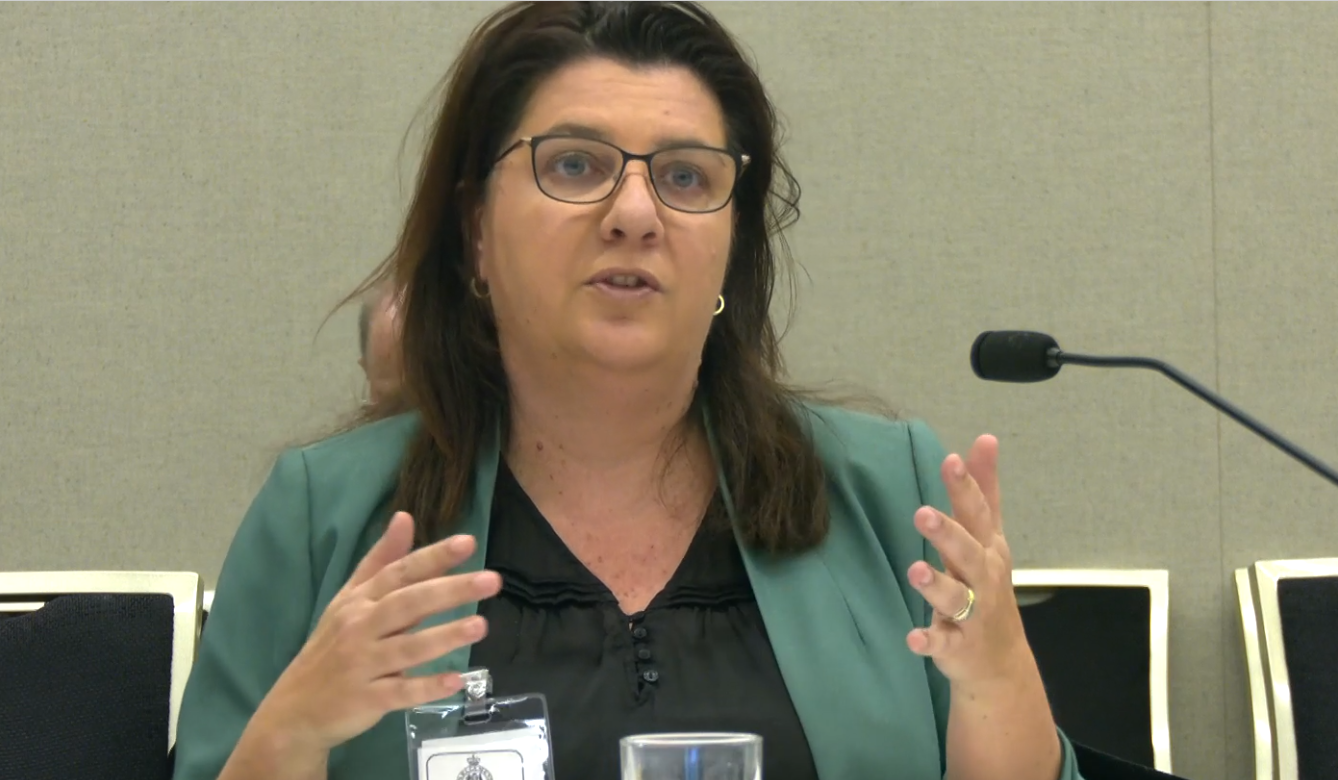
But it seems unlikely that Racing NSW is going to receive its money’s worth out of the information it has compiled with Fishburn saying there would need to be major changes to planning controls.
“The environmental constraints that I've already alluded to in relation to the brick pit would remain in place were it housing or any other form of development,” she said.
“I think you would be challenged to manage out those environmental constraints under any development outcome.”
Fishburn confirmed her department had explored other government-owned land should it be asked about alternatives to Rosehill.
“We have not been formally asked to investigate any sites to my knowledge,” she said.
“Again, I'm relying on the fact that I assume my departmental staff would have advised me on this.
“I can say though that obviously we have considered what assets are in the government's portfolio should we be asked to give advice, but at this point we haven't been asked.”
Members of the 10-person select committee inspected the brickpit site in August.
Their visit prompted questions about the viability of building a racecourse on former industrial land that has become a wildlife sanctuary.
